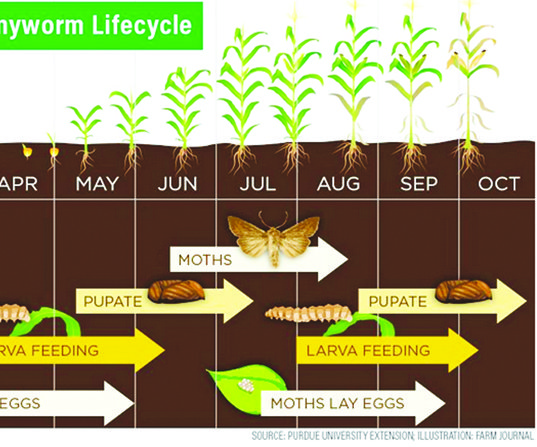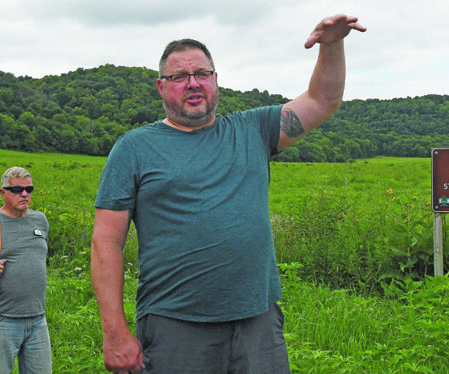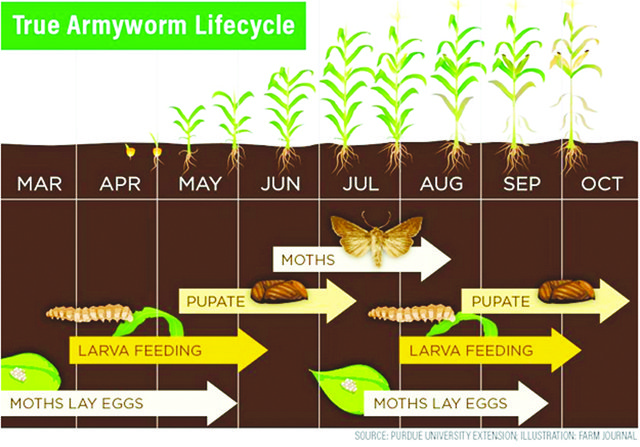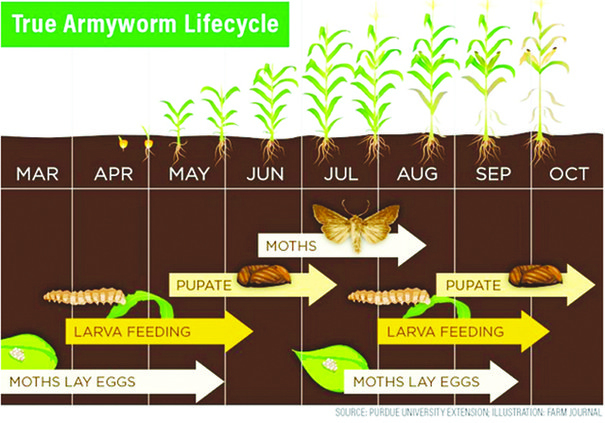By Correne L. Morgan
Sue Foley is a strong woman with lots of ideas and a likeable personality. She is a hands-on kind of person who has worked hard throughout her life and thrived at what she’s done. She smiles and laughs in whatever she does because she believes in enjoying what she sets out to do.
Sue and her husband, Mike, are the new owners of the Silent Woman and Fenway House Hotel in Fennimore. On Oct. 1, at 2 p.m., they plan to reopen the upstairs bar and hotel rooms of the business, which has been closed on Fennimore’s Lincoln Avenue for almost two and a half years. Additionally, the banquet facilities are slated to open Dec. 1 and the restaurant at a later date.
“I was driving through town one day and I wondered what (price) they wanted for it,” Sue said of the regionally renowned facility. “So I went online to find out what they wanted, which got the ball rolling.”
After a smooth sale process, the Foleys bought the business and became the new owners on Aug. 18.
Sue graduated high school in Colby and lived in Marshfield for much of her life. In 1998, she opened a company under the Fairway Mortgage franchise. She met Mike through Fairway, as they had mutual clients.
Mike attended grade school in the Marshfield area and eventually moved to Fennimore, where he graduated from high school. He went to technical college in Madison and went into the Navy before moving back to northern Wisconsin, where he has farmed beef and crops for years.
Sue ran her mortgage company for 10 years and enjoyed many business travels until she sold it in 2008.
Tragically, cancer took the lives of Mike’s uncle, Tom, in July of 2009, and Sue’s sister, Beck, in April of 2011. So the pair’s lives took a turn after the emotional loss of their close family members. In 2010, knowing that Tom’s farm would have to be run, the couple moved from the Marshfield area to Fennimore to run the family farm.
In addition to moving to Fennimore, the couple welcomed their second child, Tom, in April of this year. He joined sister, Addie, 3, and Sue’s son, Josh, 21.
“Things have changed a lot,” Sue stated. “After Beck died, I knew I needed something. That’s when I found this place.”
Today, the community of Fennimore is happy that the 1000 block of Lincoln Avenue will be buzzing with business again very soon.
The facility was remodeled in 1990 by Stan Christenson and named the Silent Woman and Fenway House Hotel for many years. In 2005 it was sold and renamed Eagle Creek Inn. In April of 2009 the business was closed and since, it has sat empty. Upon the sale to the Foleys, Sue decided to take back the Silent Woman name.
“The Silent Woman and the Fenway House Hotel had its own history, which is important in business,” Sue said.
With the grand reopening of the facility on Oct. 1 at 2 p.m., only the bar and lounge area on the main level and 13 hotel rooms will be open to guests. In celebration that day, $2 mixers and $1 beers will be sold.
“We want the hotel and bar open first and for people to be able to enjoy it,” Sue said. “Our hotel beds will have cushioned toppers and Egyptian cotton sheets with blankets at the foot of the bed. The rooms are going to be sleeker and updated. We are replacing the hotel drapes with wooden blinds and valances. We’ve been doing a lot of cleaning, especially of the carpets.”
The bar will be open daily from 2-10 p.m., or later depending on guests’ wishes.
“I want it to be allowable for conversations, for people to sit back and enjoy themselves,” she said.
The bar menu will offer grilled flatbread sandwiches in a variety of flavors and no burgers or French fries. Sue hopes to keep the menu fresh and light and not typical or plain. If she adds any other food to the bar menu, she said she may decide to serve bruschetta.
“The restaurant will not be open on Oct. 1,” Sue affirmed, noting that many updates and a lot of cleaning is necessary before that can happen. “We don’t know when it will open. We don’t want to commit to a time for that. It might be some time into next year before we even consider opening the restaurant.”
Sue said the banquet hall will be available for parties Dec. 1. They are currently booking events for the space.
“We are advertising for a chef who will service the banquets. We want someone with a personality that everyone likes,” she added, noting that their new chef will help them create a unique menu and dining experience. “Our events will feature table service and, again, not a typical menu. We’ll have meat and potatoes but it won’t be plain. Everything will be high end and garnished the way it should be.”
Plans for what was formerly the Pigs Eye Pub are minimal. She said the space will not reopen as a bar for the public.
“I don’t want to compete with myself,” Sue pointed out. “It will most likely be a private bar to service banquets and private parties. It could also be a separate business at some point.”
Sue’s son and his friend have already rented two of the three apartments on the top floor of the facility. The third will be made into an extended stay apartment for hotel guests.
To staff the new Silent Woman and Fenway House, the Foleys will be hiring bartenders and hotel receptionists, who will be asked to fill hours around the clock. Sue said her staff will be responsible for multiple duties throughout the facility, including cleaning.
Once the Foleys reestablish the Silent Woman, they have many more ideas in store. Sue doesn’t intend on taking a break until the business is running successfully.
“My dad always said I could sell ice to Eskimos,” she quipped, noting that she’s up to the challenge of her new venture.
She said she’s also looking forward to collaborating with other local businesses to make Fennimore more of a great place with much to offer.
“I hope to have a welcome packet for my guests that supports the city of Fennimore’s local businesses. If businesses want to have coupons in there, it can only help to bring my guests to their businesses too,” Sue explained. “I also want to sell local wines here and offer a winery tour package and a snowmobile package that will give people a reason to tour the area. I want everyone else’s businesses to succeed because that’s what will help mine succeed.”
To contact the Silent Woman for room rentals and holiday banquet bookings, call 822-3782 or e-mail info@thesilentwoman.com. More information will soon be available online at www.thesilentwoman.com.
New owners take back Silent Woman name
Sue and Mike Foley plan to reopen bar, hotel Oct. 1









